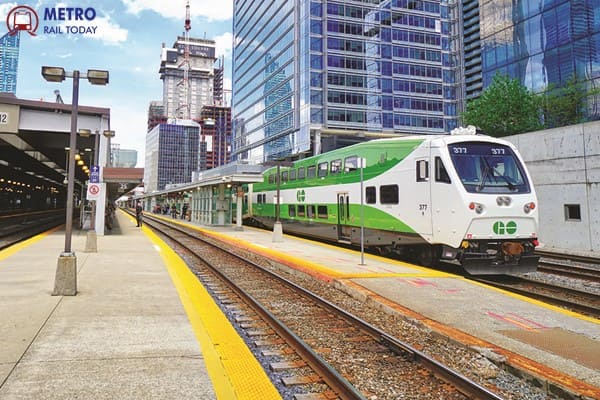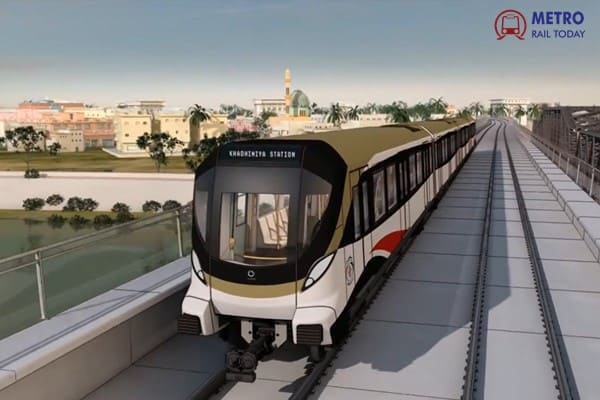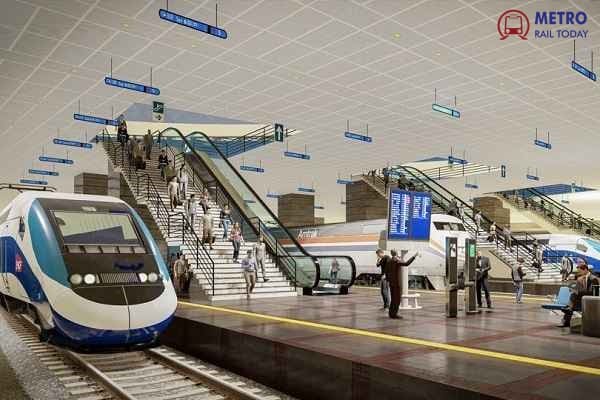 India is building Largest Railway Station in Amaravati - Know all about
India is building Largest Railway Station in Amaravati - Know all about Kineco and BEML forge strategic partnership to strengthen indigenous composite manufacturing
Kineco and BEML forge strategic partnership to strengthen indigenous composite manufacturing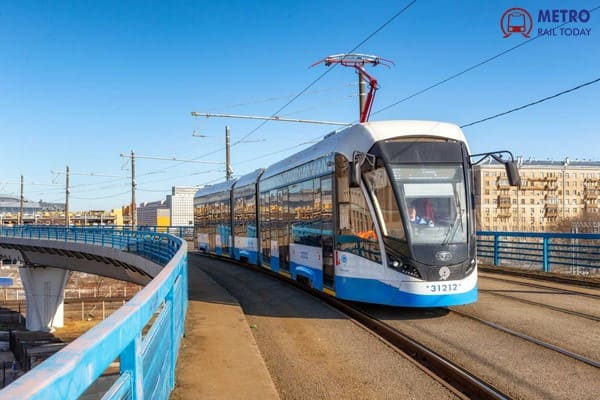 UN blacklists Spanish Trainmaker CAF over activities in Occupied Palestinian Territories
UN blacklists Spanish Trainmaker CAF over activities in Occupied Palestinian Territories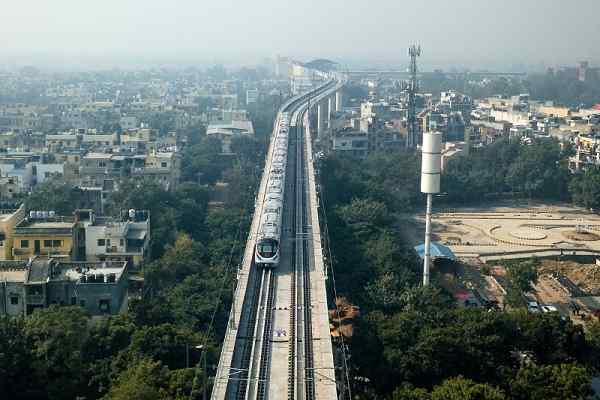 Prayagraj to get full-fledged Metro System, replacing the Metrolite Plan
Prayagraj to get full-fledged Metro System, replacing the Metrolite Plan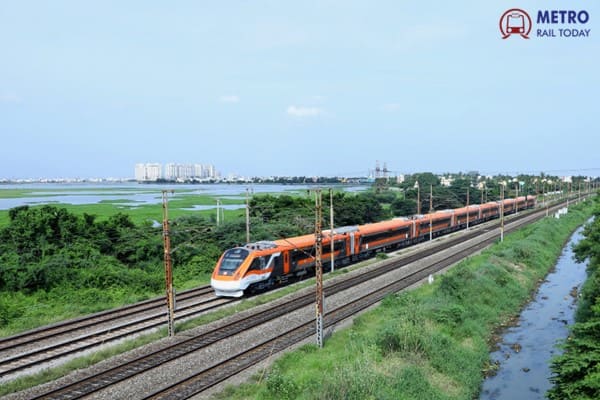 Sensonic & Skylark Drones Join Hands to Revolutionize Rail Infrastructure Monitoring
Sensonic & Skylark Drones Join Hands to Revolutionize Rail Infrastructure Monitoring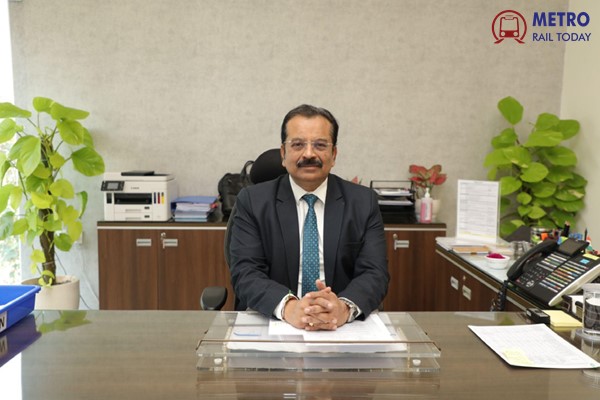 Namo Bharat: Driving India’s Transit Revolution with Sustainability and Seamless Connectivity
Namo Bharat: Driving India’s Transit Revolution with Sustainability and Seamless Connectivity RVNL - The Silent Engine Driving India’s Rail Infrastructure Boom
RVNL - The Silent Engine Driving India’s Rail Infrastructure Boom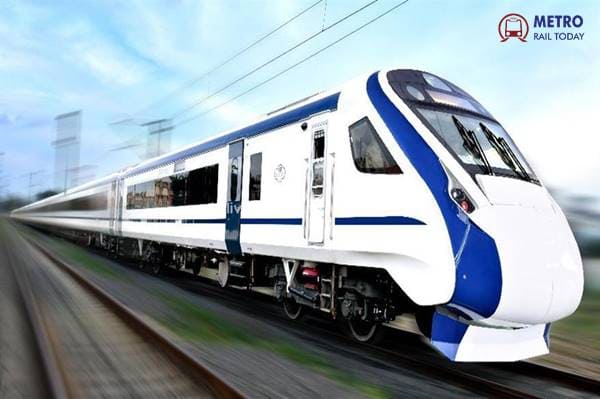 India to introduce 800 Vande Bharat Trains to redefine the future of Indian Railways by 2030
India to introduce 800 Vande Bharat Trains to redefine the future of Indian Railways by 2030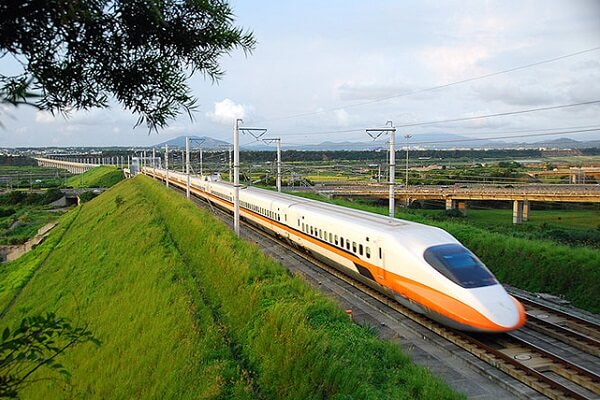 Indian Railways to develop 7,000 km of dedicated Passenger Corridors by 2047
Indian Railways to develop 7,000 km of dedicated Passenger Corridors by 2047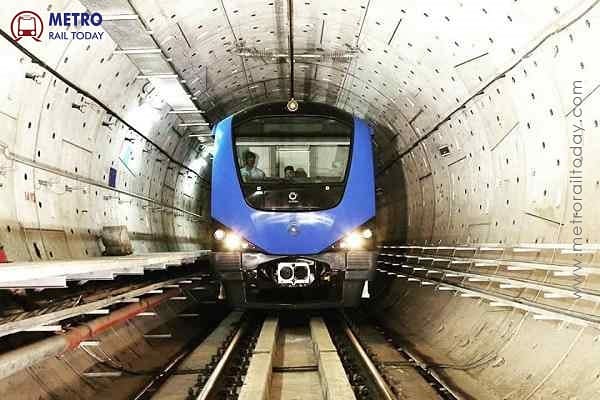 CMRL completes longest Twin Tunnel Breakthrough Drive for Chennai Metro Phase 2
CMRL completes longest Twin Tunnel Breakthrough Drive for Chennai Metro Phase 2
Quebec to begin construction of its TramCité Tramway project in 2027
 (Representative Image)
(Representative Image)
Quebec, Canada (Metro Rail Today): The long-awaited tramway project for Quebec City, now officially named TramCité, is set to move forward with construction scheduled to begin in summer 2027, according to an announcement made by Quebec's Transport Minister Geneviève Guilbault on Monday morning. The tramway is expected to open to the public in 2033, after multiple delays that have extended the project's timeline. The latest extension comes after Quebec City Mayor Bruno Marchand expressed hopes for an earlier launch by 2030 in June.
Key Details of the TramCité Project
- Name: The future tramway system will be known as TramCité, a name Minister Guilbault described as more "instinctive and interesting" compared to previous options.
- Route and Coverage: The tramway network will consist of two major lines. The east-west line will stretch 19 kilometers, connecting key sectors like Le Gendre, Sainte-Foy, Saint-Roch, and Charlesbourg in its first phase. A north-south line will span 7 kilometers, linking Quebec City with Lévis, located on the South Shore of the St. Lawrence River.
- Impact: The tramway will pass through 13 neighborhoods, fundamentally transforming the city's public transport infrastructure and providing a more efficient mobility solution for residents.
Economic and Social Benefits
The $7.6 billion project has been praised for its potential to boost the region's economy. Jonatan Julien, the Minister responsible for infrastructure, believes that TramCité will spark new economic growth, especially in the areas surrounding the tramway stations. With the development of new shops, services, and housing, the project is seen as a catalyst for socio-economic development in Quebec City.
"I'm from Quebec City. My children are growing up in Quebec City, and to see investments like these in our beautiful region, paving the way for extraordinary socio-economic development, well, it means a lot to me," Julien shared.
A Long-Awaited Project
The tramway project, which was first proposed in 2018 under Mayor Régis Labeaume, has faced numerous delays over the years. However, after a lengthy period of uncertainty, the project received approval from the Legault government in April 2023. The decision to move forward with the project reflects a growing demand for better transportation options in the city, especially as traffic congestion and the city's population continue to rise.
Mayor Marchand highlighted the necessity of the tramway, emphasizing that Quebec City has no choice but to invest in improving mobility. “Quebec City has no choice but to improve mobility throughout its territory, and the Plan Cité is part of the solution,” he stated.
Looking Ahead
With construction set to begin in 2027, the TramCité project marks a major milestone in Quebec City's ongoing efforts to modernize its infrastructure and address urban transportation needs. As the project moves forward, it is expected to become a critical part of the city’s future, offering a more sustainable and efficient means of transportation for years to come.





